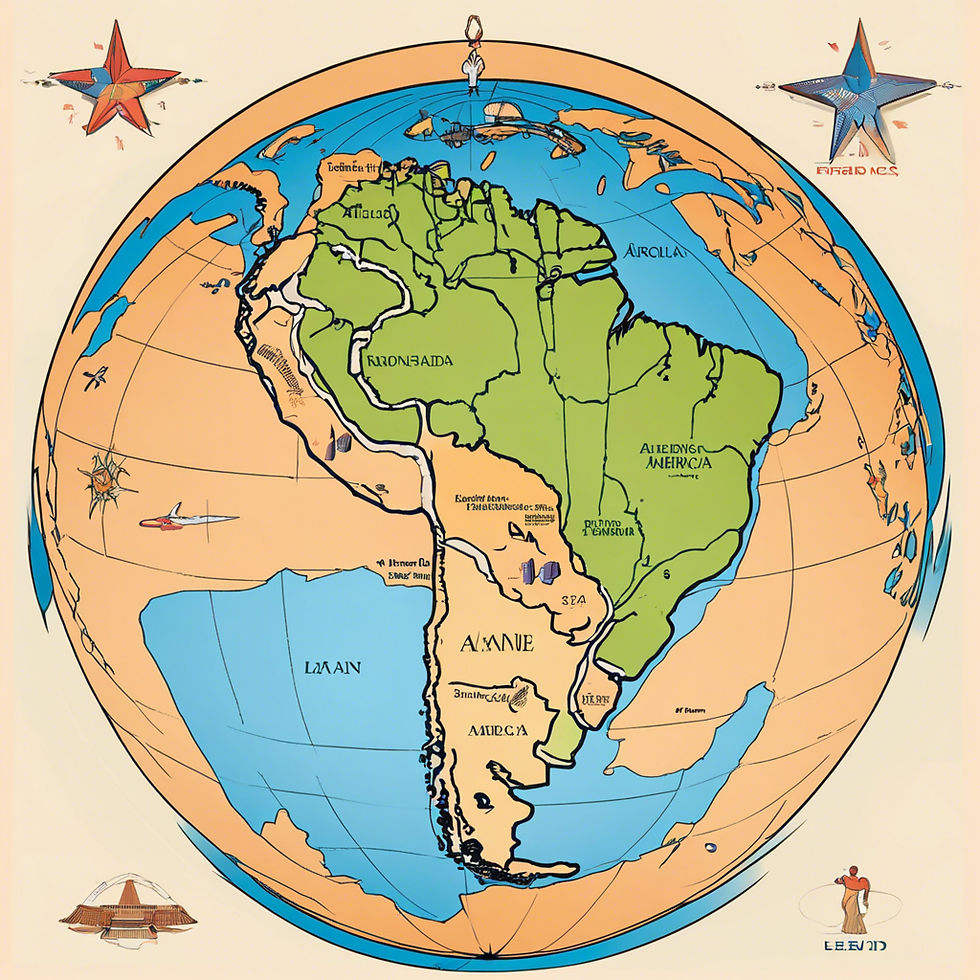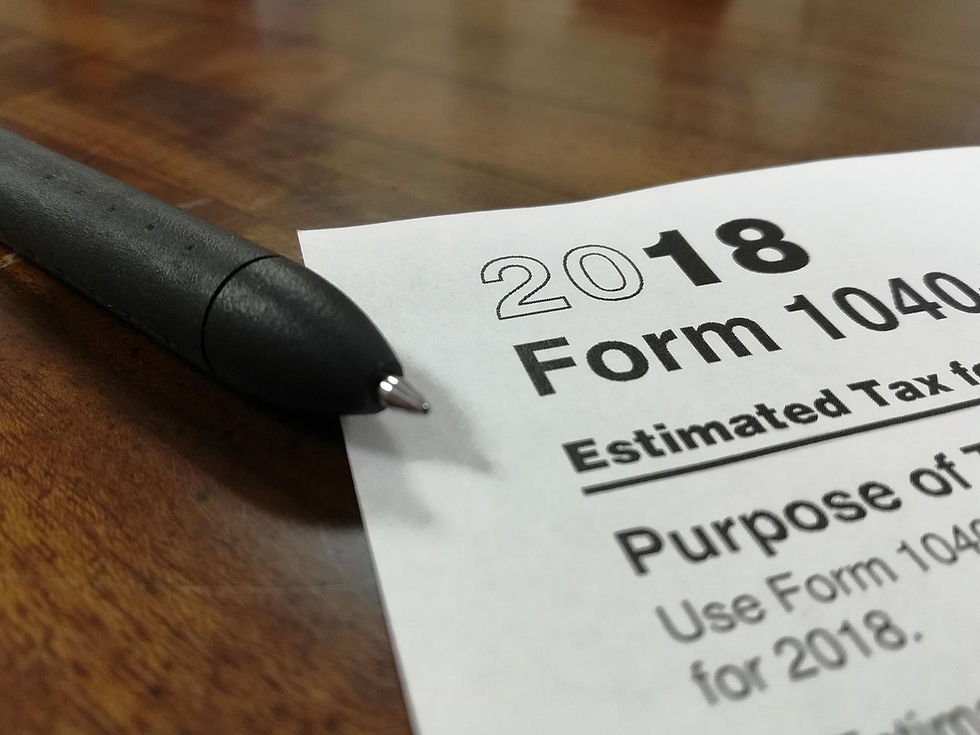Understanding Taxation of Remittance Proceeds in Developing Countries: Challenges, Policies, and Opportunities for Growth
- ams6549
- Sep 26, 2024
- 6 min read
Introduction

Remittance proceeds have become a crucial lifeline for developing countries, providing financial stability, alleviating poverty, and driving economic development. In 2023, global remittances reached an all-time high of $794 billion, with over $540 billion sent to low and middle-income countries. However, taxation on these remittances can be complex and varies widely depending on the recipient country. Understanding how remittance proceeds are taxed when received in bank accounts is essential for both senders and recipients to maximize the financial impact of these transactions.
In this blog, we’ll explore the current landscape of taxation on remittances in developing countries, the challenges faced by individuals and businesses, and the policies that govern these transactions. We will also delve into how Remflow supports remittance transactions, offering a secure, fee-free, and efficient solution for cross-border payments.
The Importance of Remittances for Developing Countries
Remittances are a vital source of income for many developing nations, accounting for a significant portion of their Gross Domestic Product (GDP). For example, remittances contribute nearly 30% to Nepal’s GDP, 24% to the GDP of Haiti, and 20% in countries like Honduras and El Salvador. They often surpass Foreign Direct Investment (FDI) and official development assistance, making them an essential economic driver. However, the taxation policies surrounding these proceeds can limit their effectiveness, reducing the amount that reaches recipients.
Understanding Taxation on Remittance Proceeds
Taxation on remittance proceeds in developing countries can differ depending on several factors, including the source of income, the recipient's status, and the nature of the transaction. In many developing nations, remittances are exempt from direct taxation, but indirect taxes, service charges, and bank fees often erode their value. Below, we examine how remittance taxation works in key regions, using real-world examples and data to shed light on this complex issue.
1. Tax Policies in Africa: Balancing Revenue and Development
In Africa, where remittance inflows have increased significantly, the approach to taxation varies widely. Some countries like Kenya, Nigeria, and Ghana do not impose direct taxes on remittance inflows. Instead, they tax service providers, which indirectly increases the cost for remittance recipients. For instance, in Nigeria, a 10% Value Added Tax (VAT) is applied to digital transactions, which includes some remittance services. This results in additional costs for users, reducing the net amount received in bank accounts.

Case Study: Nigeria and Ghana
In Nigeria, while direct taxes on remittance are non-existent, recipients often pay charges on currency conversions and transaction fees, which effectively act as a tax. In Ghana, the government levies a financial services tax on certain transactions, which can affect remittances indirectly.
These practices can discourage remittance transfers through formal channels and lead to the rise of informal methods, such as peer-to-peer platforms or cash transfers. To encourage formal remittances, it’s essential for governments to adopt a tax-neutral stance or offer tax incentives for digital transfers, which would drive economic growth and improve transparency.
2. Taxation Trends in Asia: Navigating Complexity and Regulation
Asia remains the largest regional recipient of remittances, accounting for 43% of global remittance flows. India, the Philippines, and Bangladesh are among the top recipients. Tax policies in these countries, however, are diverse and complex.
India: A Case of Non-Taxable Remittances
India, the world’s largest recipient of remittances at $87 billion in 2022, generally does not tax incoming remittance proceeds. However, income derived from investments made using remittance funds is subject to taxation. Additionally, there are complexities in reporting large transactions to avoid triggering tax scrutiny.
The Philippines: A Dual Approach to Taxation
In the Philippines, remittance proceeds are not taxed directly, but financial institutions handling these transfers must pay a gross receipts tax (GRT) of 5%. This fee is often passed on to the recipient, reducing the net amount. Remittance service providers have raised concerns about this tax, arguing that it increases costs and limits the development potential of remittances.
Bangladesh: Indirect Taxation Through Service Charges
In Bangladesh, the taxation of remittances is a sensitive issue. While direct taxes are absent, indirect costs such as service charges can amount to as much as 4% of the total remittance. This can significantly diminish the financial impact of remittances, especially for low-income recipients.

3. Latin America: Remittance Taxation and Financial Inclusion
Latin America and the Caribbean receive a significant portion of global remittances, with Mexico, Guatemala, and the Dominican Republic among the top recipients. In many cases, these remittances support day-to-day living expenses, making them a critical economic component.
Mexico: Exemptions for Economic Growth
Mexico’s remittance proceeds, which totaled $53 billion in 2022, are exempt from direct taxes. However, there are reporting requirements for large amounts that may be deemed suspicious. This regulatory approach seeks to balance anti-money laundering (AML) efforts with economic development.
Argentina: Taxing for Revenue Generation
In Argentina, remittance proceeds are subject to the country’s currency control policies. An additional tax, known as the “Solidarity Tax,” is imposed on certain foreign currency transactions. This policy can create barriers to sending and receiving remittances through formal banking channels, driving users to less transparent methods.
Challenges and Solutions for Remittance Taxation in Developing Countries
Taxing remittances can lead to unintended consequences, including:
1. Increased Use of Informal Channels: Excessive taxation and high service fees push remitters to use informal channels, reducing the potential for financial inclusion and undermining regulatory oversight.
2. Reduced Financial Inclusion: Taxation can disproportionately affect low-income households, making it harder for them to access financial services.
3. Impact on Economic Development: High taxes reduce the net value of remittances, which are essential for funding healthcare, education, and entrepreneurship in developing economies.

Policy Recommendations and Solutions
Governments and policymakers should consider the following strategies to optimize remittance taxation and improve economic outcomes:
1. Implement Tax Incentives for Digital Remittances: Tax incentives can encourage the use of formal digital channels, enhancing transparency and increasing overall tax revenue.
2. Adopt a Tax-Neutral Approach: Governments should minimize indirect taxes on remittances to maximize their impact on recipients and the broader economy.
3. Strengthen Financial Literacy Programs: Financial literacy programs can help recipients better understand tax implications and make informed decisions about their remittance income.
4. Promote Cross-Border Payment Platforms like Remflow: Platforms like Remflow, which offer fee-free cross-border payments, can reduce costs for recipients and senders, making remittances more effective. Remflow’s unique P2P trading method ensures better exchange rates and offers various payment options for different countries. For more details on Remflow’s services, visit www.remflow.net.
The Role of Remflow in Simplifying Remittance Transactions
Remflow plays a pivotal role in minimizing costs and enhancing the efficiency of remittance transactions. Our platform supports multiple currencies, including EUR, INR, ARS, NPR, ETB, BDT, and USDT, with payment methods tailored for each country. Additionally, Remflow’s zero-fee structure and robust security features ensure that remittance proceeds are transferred safely and without unnecessary deductions. Learn more about our offerings on our landing page.
Key Benefits of Using Remflow:
1. No Fees on Cross-Border Transactions: Remflow users enjoy fee-free transactions, ensuring that the full value of remittance proceeds reaches the recipient.
2. Multiple Currency Support and Payment Methods: With support for various fiat and crypto options, Remflow provides flexibility and accessibility.
3. Secure P2P Trading: Remflow’s peer-to-peer trading model allows for competitive exchange rates, reducing costs further.
4. Compliance and Regulatory Support: By operating under a robust compliance framework, Remflow helps users navigate complex tax regulations, ensuring seamless transactions.

Conclusion: Navigating the Complexities of Remittance Taxation
Taxation on remittance proceeds in developing countries presents both challenges and opportunities. While high taxes can limit the impact of these funds, well-designed policies and platforms like Remflow can enhance their potential. By understanding the intricacies of remittance taxation, both senders and recipients can make informed decisions that maximize the financial benefits of cross-border payments.
If you need help navigating remittance taxation or wish to explore secure, fee-free remittance solutions, please reach out to us at info@remflow.net or visit our landing page. We invite readers to share their thoughts and experiences in the comments below.
Sources:
1. World Bank. (2023). Remittance Inflows: Annual Data. Retrieved from World Bank.
2. OECD. (2022). Taxation and Development: What’s New?. Retrieved from OECD.
3. United Nations. (2022). The Role of Remittances in Economic Development. Retrieved from UN.
4. IMF. (2022). Remittances in Developing Economies. Retrieved from IMF.
5. Central Bank of Nigeria. (2022). Remittance Guidelines. Retrieved from CBN. 6
.jpeg)